Sony BRAVIA 9 is undoubtedly a top-tier product, and there’s no "but" about it, as this is a fact, not a thesis. It’s evident everywhere you look how much effort the manufacturer has put into perfecting the dimming algorithms, which undoubtedly perform their role to every possible degree. Thanks to this, we can enjoy an incredibly deep black and an amazingly vivid image. And since we’re talking about the picture and backlighting, one cannot help but mention the quality of HDR effects, which will brighten the room, enveloping us in over 2000 nits of peak brightness. Such a result certainly looks impressive on paper, but you have to trust us that it’s even better in person. The manufacturer, known for its meticulous approach to image quality, has once again endeavoured to ensure that its television faithfully reproduces what the film director intended to convey, and it has succeeded brilliantly. The Sony Bravia 9 also offers an excellent user experience thanks to the Google TV system. The interface is intuitive, and with a rich library of apps, we have access to countless contents that we can tailor to our own preferences. The integration with Google Assistant allows for quick and convenient searching of favourite movies, shows, or music, as well as controlling other smart devices in the home. It’s these kinds of solutions that make using the television not just a pleasure but also simplifies daily life. Unfortunately, not everything is perfect. The Sony Bravia 9 still has room for improvement, particularly regarding the HDMI port configuration. Sony BRAVIA 9 has only two HDMI 2.1 ports, one of which is eARC, that is a port for a soundbar or home theatre system. For such an expensive piece of equipment, one might expect four full HDMI 2.1 ports, and the lack of Picture-in-Picture (PiP) functionality is also a drawback that can be annoying. Despite these shortcomings, it’s hard not to notice just how exceptional this equipment is. It’s the first LCD television that can truly compete with OLEDs. Infinite contrast, fantastic picture quality, zero compromises — Sony BRAVIA 9 is nearly perfect. Excellent picture, modern technologies, attention to detail make every viewing experience one you won’t forget.
- Matching (Score)
- Our verdict
- TV appearance
- Where to buy
- Contrast and black detail
- HDR effect quality
- Factory color reproduction
- Color reproduction after calibration
- Smoothness of tonal transitions
- Image scaling and smoothness of tonal transitions
- Blur and motion smoothness
- Console compatibility and gaming features
- Input lag
- Compatibility with PC
- Viewing angles
- Daytime performance
- Panel details
- TV features
- Apps
- Playing files from USB
- Sound
Sony Bravia 9 (XR90) vs LG OLED C5
Direct comparison
Check the best price offer:
LG OLED C5BRAVIA 9 / XR90
C5 / C54 / C5ELB / C51

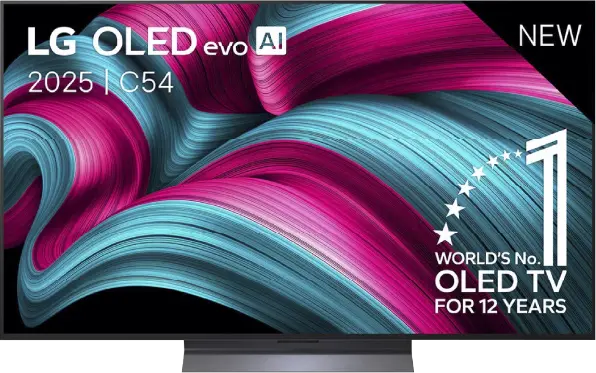
Panel type: LCD VA (wide viewing angle)
Resolution: 3840x2160
System: Google TV
Model year: 2024
Complete the survey to find out the result

Panel type: WRGB OLED
Resolution: 3840x2160
System: WebOS
Model year: 2025
Complete the survey to find out the result

Overall rating
8.8
8.2
Movies and series in UHD quality
8.4
8.5
Classic TV, YouTube
8.4
8.9
Sports broadcasts (TV and apps)
8.5
8.6
Gaming on console
9.2
9.4
TV as a computer monitor
7.6
8.6
Watching in bright light
9.5
6.2
Utility functions
8.8
7.9
Apps
9.6
9.1
Sound quality
8.9
7.2
Complete the survey to find out what fits your preferences
Advantages
Amazing HDR material brightness results
Very good colour reproduction after calibration
Advanced motion smoothing system
Noticeable positive impact of the image processor
Faithfulness to the source material
Versatile GoogleTV operating system
Good (for a VA panel) viewing angles
Great black and endless contrast thanks to the OLED panel
Above-average brightness (for an OLED TV)
Nearly reference-quality picture after calibration
Full suite of features for gamers: 4xHDMI 2.1, low input lag, HGiG, VRR and more
Very good motion smoothness – 144 Hz OLED panel
Intuitive and modern WebOS system
Convenient Magic remote control with a gyroscope
Disadvantages
Only 2 HDMI 2.1 ports - including one ARC
No picture-in-picture (PiP) feature
Different versions of the remote in derivative models – it's hard to predict which version we'll get
Average reflection damping – this may be an issue under very bright light
No support for DTS:X – an external amplifier is required for full support of this format
Our verdict
LG C5 is a very successful continuation, and in several aspects, even a step forward compared to last year's C4 model. The biggest change is the significantly higher brightness – for the first time in the history of the C series, the barrier of 1000 nits has been exceeded, which significantly improves the quality of HDR effects. Both movies and TV shows look more dynamic as a result, and bright scenes finally have the appropriate “shine.” After calibration, the picture quality is almost reference-level, and one gets the impression that we are dealing with equipment much more expensive than its price suggests. C5 is also one of the best choices for gamers – four full HDMI 2.1 ports, low input lag, support for VRR, G-Sync, and correctly implemented HGiG. Additionally, the 144 Hz panel makes not only gaming but also watching sports pure pleasure. The convenient WebOS system and the Magic remote with cursor control functionality deserve a mention as well – everything works smoothly and intuitively. This is a television that you simply want to use.
However, there are a few minor reservations. This year, LG decided to abandon support for DTS codecs, which may be troublesome for people using physical media and Blu-ray film collections. It's also worth noting the confusion regarding the different versions of the remote – depending on the model designation, we may receive a completely different remote than the one we held during our tests. Despite these few comments, LG C5 is a television that makes an excellent impression in almost every respect. Brightness, colours, gaming features, fluidity of the image, and overall build quality make it one of the best OLEDs in its class.
TV appearance




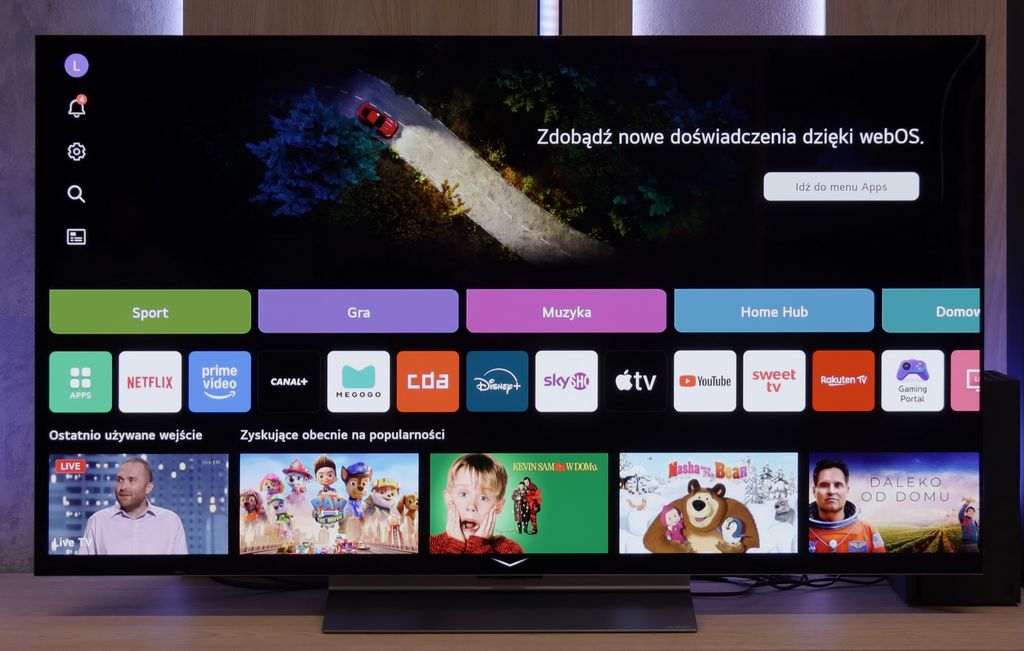
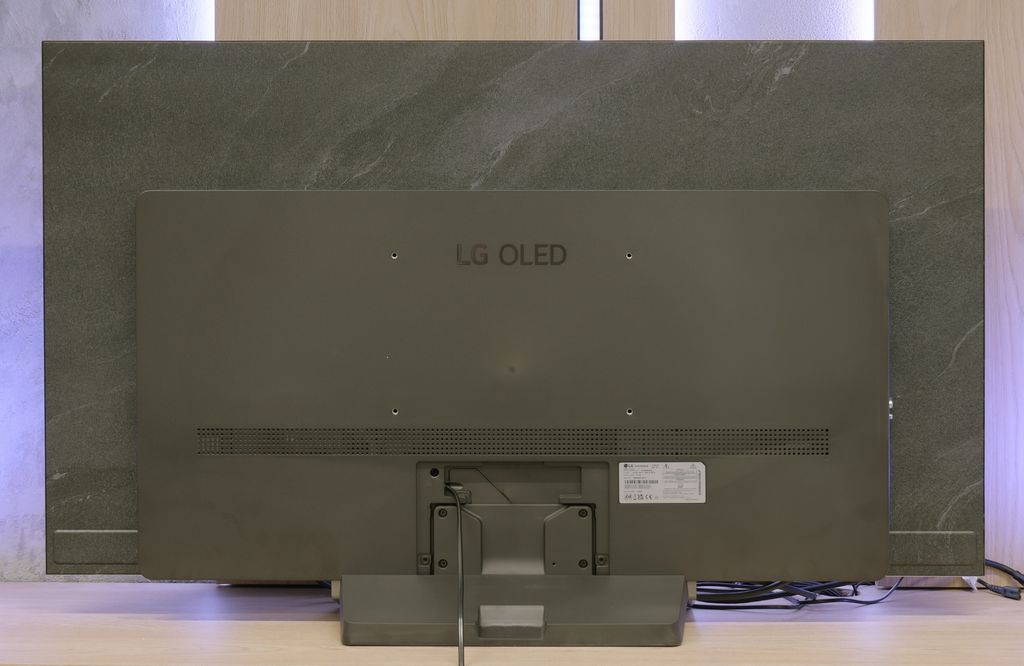
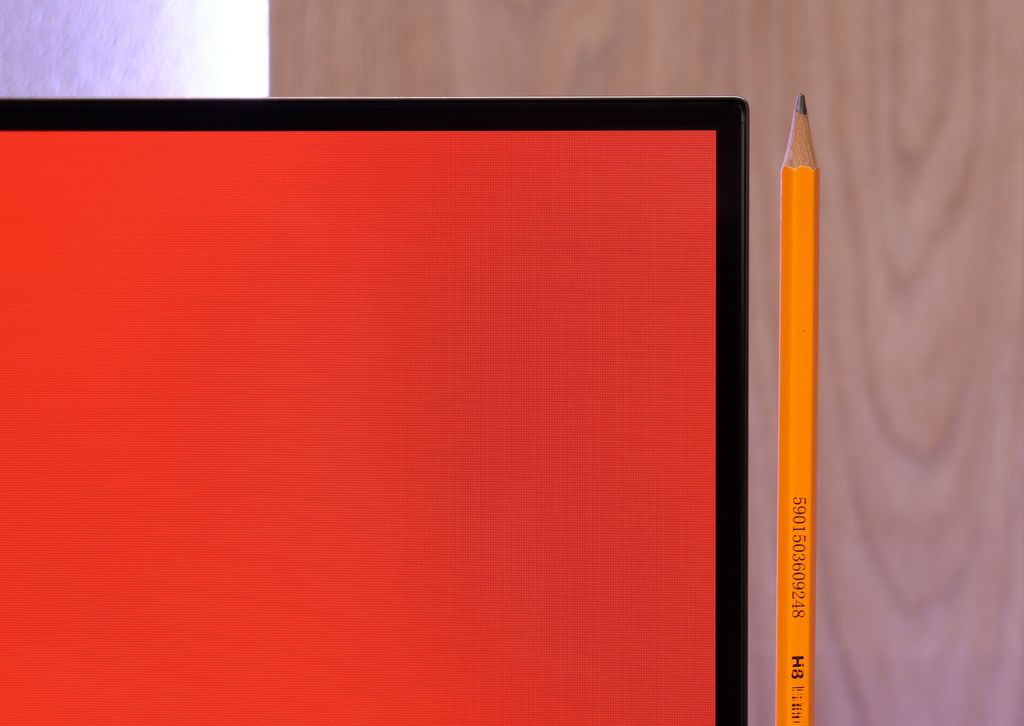
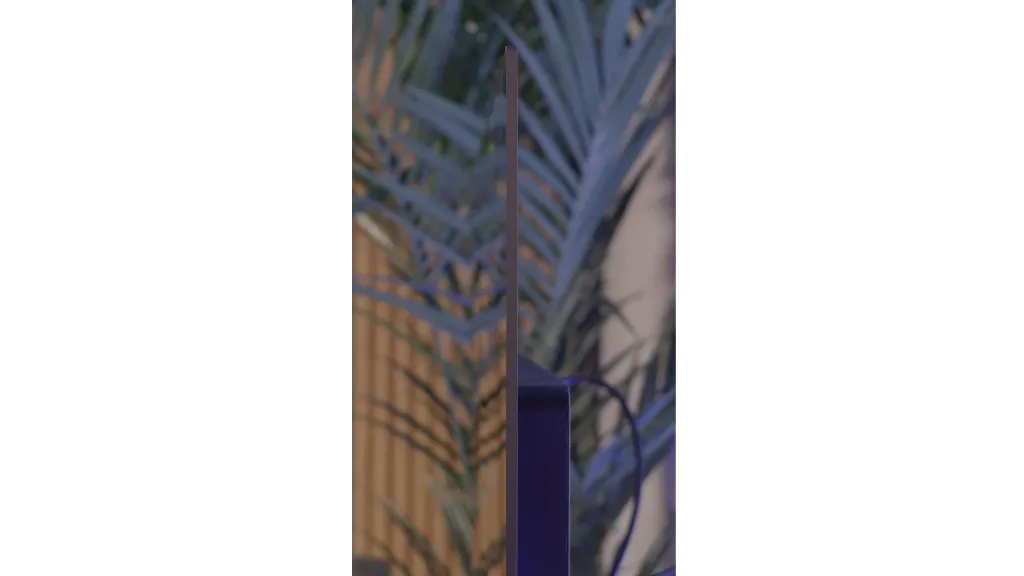
Contrast and black detail
8.6/10
10/10
Local dimming function: Yes, number of zones: 1920 (60 x 32)
Contrast:

Result
184,000:1

Result
98,500:1

Result
120,000:1

Result
9,050:1

Result
5,800:1

Result
∞:1

Result
∞:1

Result
∞:1

Result
∞:1

Result
∞:1
Halo effect and black detail visibility:

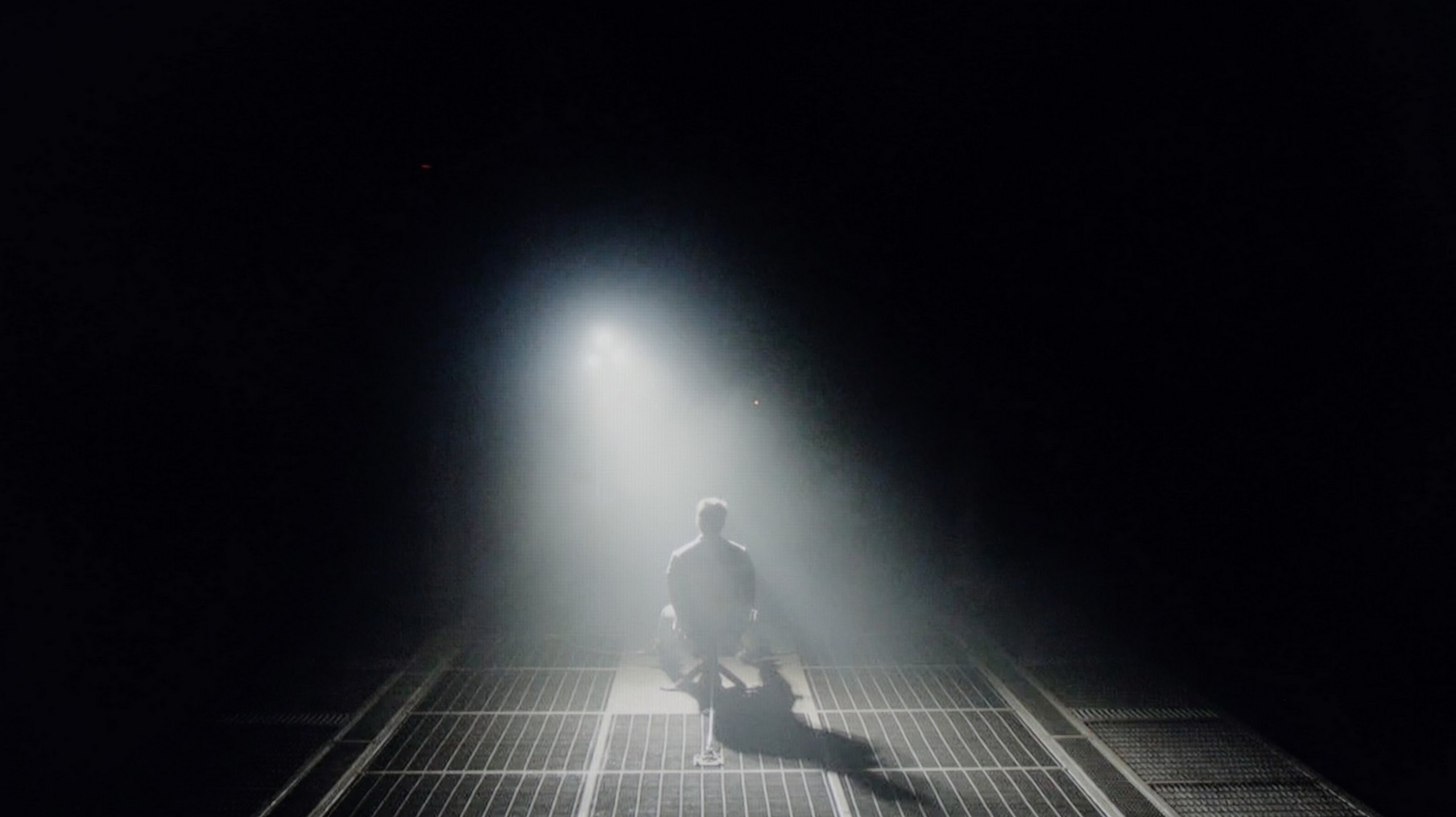
Similarly, the Sony Bravia 9 utilises a high-contrast VA panel, supported by a backlight made up of Mini LED diodes. The total number of zones for the 75" size we tested was 1920. Combining such a number with advanced, and one might boldly say — the best zone dimming algorithms delivers excellent results in contrast and black levels. Practically every scene can display an incredibly deep and immersive image. Of course, the last two won't give us blacks akin to OLED televisions, however, it's fair to say that the results are not weak, as a significant portion of competing TVs will not provide such a faithful representation of the director's vision. Looking below at two test scenes from the Sony Bravia 9 from the film Oblivion and Sicario 2, we can observe very mature behaviour of the backlight algorithms, which ensure that blacks are maintained without sacrificing the original image. Of course, the blooming effect still occurs here due to the operation of the TV's zones (it can be observed on the small lights on the helicopter), but it is definitely one of the best LCD TVs we have had the opportunity to test in terms of black levels and contrast.
In the category of black and contrast, the LG C5 fits perfectly into what we've come to expect from OLED TVs – it's simply ideal. Thanks to the use of an organic matrix (WOLED), each pixel lights up independently, resulting in infinite contrast and perfect black. There are no halos, streaks, or other typical LCD TV artifacts here. Details in bright parts of the image are excellently visible, and watching with the lights off is pure enjoyment. If someone is looking for a TV for evening viewing with great contrast – the C5 is a very strong contender.
HDR effect quality
8.6/10
7.2/10
Luminance measurements in HDR:

Result
2199 nit

Result
1700 nit

Result
1717 nit

Result
1751 nit

Result
1741 nit

Result
1079 nit

Result
1059 nit

Result
1120 nit

Result
1094 nit

Result
707 nit
Scene from the movie “Pan” (about 2800 nits)


Scene from the movie “Billy Lynn” (about 1100 nits)


Static HDR10


Dynamic: Dolby Vision
Dynamic: Dolby Vision


HDR luminance chart:
LG OLED C5
HDR luminance
Luminance of RGB colors
Sony Bravia 9 (XR90)
HDR luminance
The brightness measurement results on the Sony Bravia 9 are phenomenal. Each scene achieves well over 1500 nits, and while watching movies, the TV can sometimes shine even brighter. It goes without saying that such brightness allows for unprecedented experiences and engagement with video material at the highest possible quality. With a high coverage of the DCI-P3 colour gamut, the image is full of colours and, combined with such high luminance, it practically breathes. Thanks to the high peak brightness, viewers can enjoy the full spectrum of colours even in the most difficult scenes, such as those based on dynamic lighting changes. The Bravia 9 supports Dolby Vision and HDR10 formats, which further enhances the viewing experience.
LG C5 has finally done what we've been waiting for years in the C series – it exceeds 1000 nits of brightness! This is a significant change compared to previous models in the series and very important – because most HDR content on streaming platforms is created around such luminance today. The image finally has the right "glow," and details in the highlights look as they should even without the use of dynamic metadata. However, there are scenes where the C5, like most OLED TVs, has certain issues. Especially when the screen has to light up entirely. In our test sequences, like the bright scene from the movie The Meg, brightness noticeably drops. Don't get us wrong, this result is not bad; it’s more of a reminder that OLED technology still has its limitations. Year by year, they are getting smaller, but they still exist.
Now, what about the colours? They are very good. Although the C5 doesn't match OLEDs with QD-OLED or Tandem RGB panels, its coverage of the DCI-P3 gamut at 97% and 73% of BT.2020 will satisfy even the more demanding viewers. The colours are saturated, natural, and very consistent in HDR materials.
Factory color reproduction
8.1/10
8.2/10


Factory Mode
After calibration


Factory Mode
After calibration
The best factory mode on Sony televisions has remained "IMAX Enhanced" for years. This is what we used throughout the entire testing procedure. Despite being the closest to the reference compared to other predefined options, it has a number of aspects that can be improved to make viewing even more enjoyable. When we look at the gamma in SDR materials, we notice quite a significant boost that is related to over-contrasting the image. It is worth noting that the very beginning of the graph has an even greater spike compared to the reference, which leads to the merging of details in the blacks, creating a uniform blob. The EOTF curve in HDR content looked quite accurate and only showed slight deviations from the reference. However, a common characteristic for both was: a greenish tint in the white balance, issues with greys, and general colour misalignment. The most noticeable issue was related to the uneven distribution of colours in the white balance. Due to the excess of the aforementioned colour, the image was covered with an unpleasant greenish tint.
LG C5, like other TVs we tested, was checked in the best possible factory mode – which remains the Filmmaker Mode. And here we have good news: in SDR materials, LG has once again done a solid job. The white balance and colour reproduction right out of the box are at a very high level. Most errors – both in balance and in the Colour Checker test – did not exceed a ΔE value of 3, which is the threshold above which differences become visible to the naked eye. Such factory settings are what we'd like to see in many more TVs!
However, the situation is different for HDR content, which is what the C series was truly designed for. Here, the C5 performs weaker. An excessive amount of blue in the white balance causes the image to appear distinctly cooler – which affects things like unnaturally pale skin tones or somewhat shifted tonality of the entire scene. Fortunately, LG provides very precise calibration tools, and we – as always – made use of them.
Color reproduction after calibration
9.3/10
9.4/10



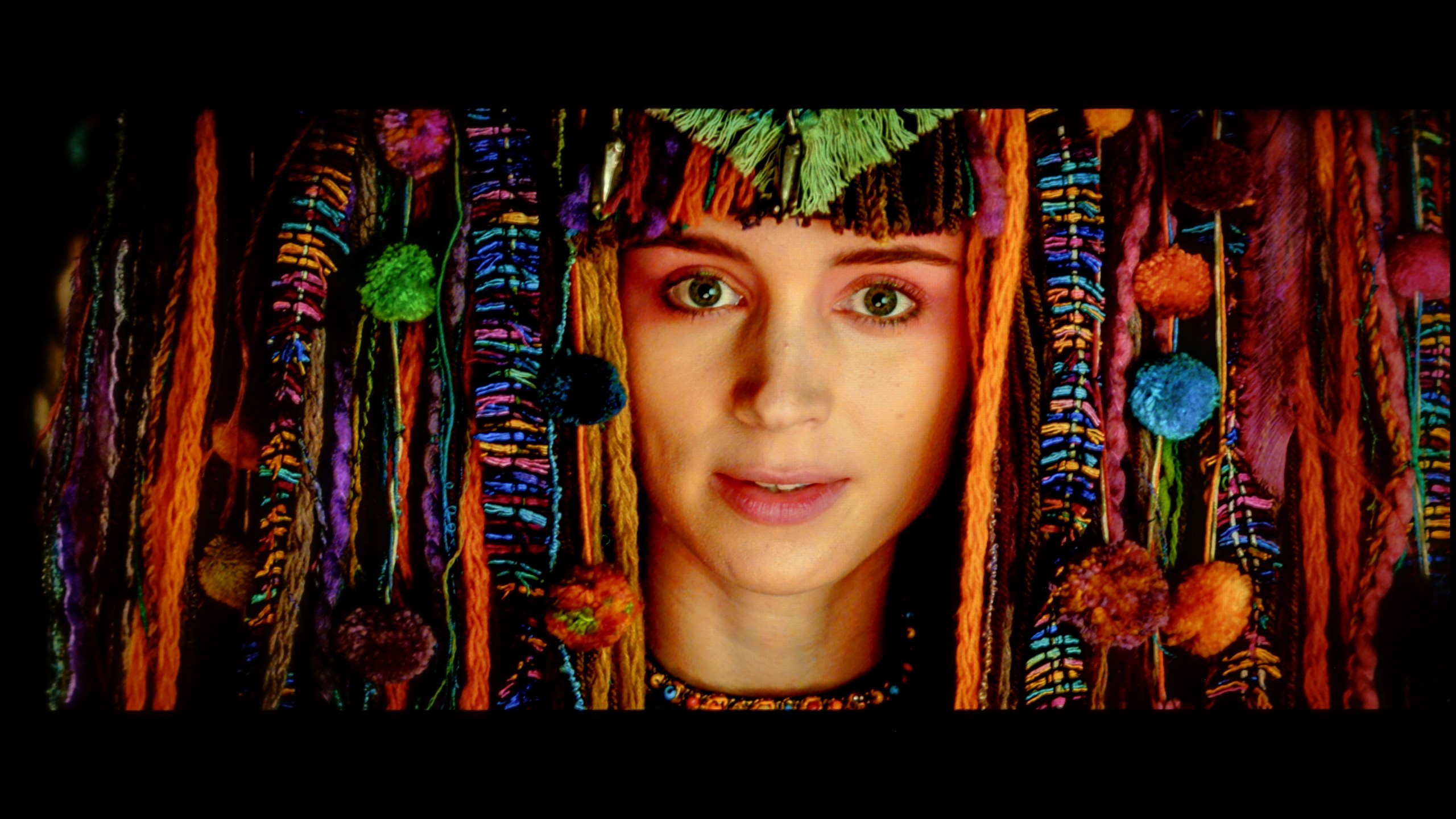
The colour reproduction after the calibration process should be regarded as excellent. Regardless of the signal, whether it's SDR or HDR, we can expect an image incredibly close to what the film director saw. Practically every image flaw has been modelled and maximally improved. This was made possible by the advanced tools used for the calibration process, which Sony has provided in its televisions for years, including 2- and 20-point grey scale adjustment and a very elaborate CMS.
We must honestly admit – in the case of the LG C5, it took very little to achieve an almost perfect image. After carrying out calibration, we managed to achieve compliance with reference screens at a level that impresses even compared to significantly more expensive models. The image after our adjustments looks exactly as filmmakers and series creators would want – with no colour distortion, natural depth, and subtle plasticity. LG has done a great job this year regarding factory settings and calibration potential. Hats off!
Smoothness of tonal transitions
7.1/10
8.2/10







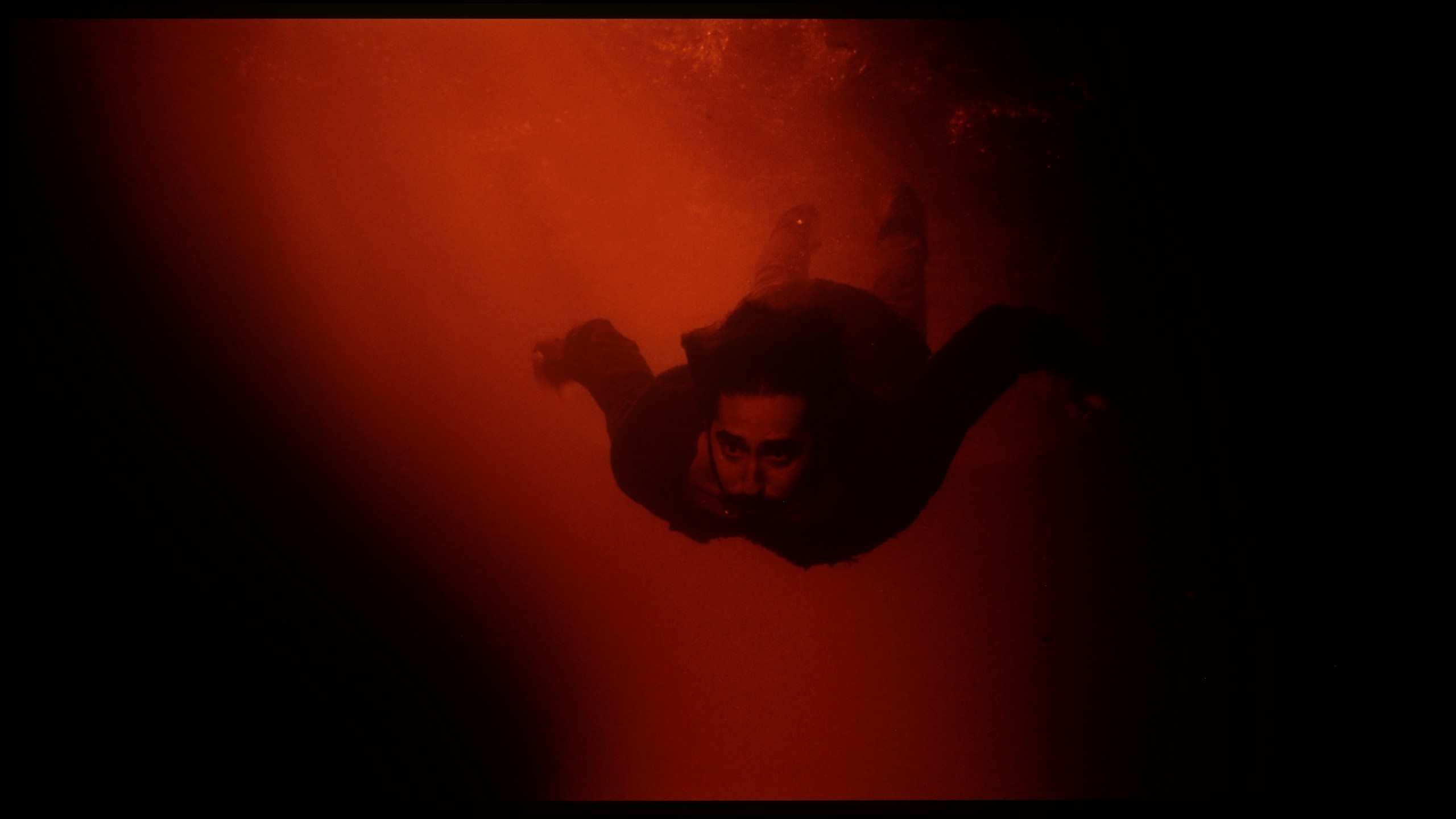




The default quality of gentle gradation, i.e. without the enhancement feature activated, is fairly average, considering the price range and class of the device. The issue isn't noticeable with very bright backgrounds, but it's quite prominent on dark ones. This is perfectly illustrated by the last two test scenes, where tonal transitions are apparent and may cause discomfort to image purists.
WOLED TVs have not been known for perfect smoothness in tonal transitions until now. It was often noticeable to see delicate bands between colours – especially in darker parts of the image – which gave the impression that the colours do not transition smoothly, but rather slightly "step". This year, LG has made significant progress. In the C5 model, this issue has been largely eliminated. Indeed, in very dark scenes, you can still see subtle boundaries between colours, but they are non-intrusive enough that hardly anyone except for more demanding viewers will notice them. For most users, the smoothness of tonal transitions in the C5 will simply be impeccable.
Image scaling and smoothness of tonal transitions
8.5/10
7.8/10
Smooth transition function

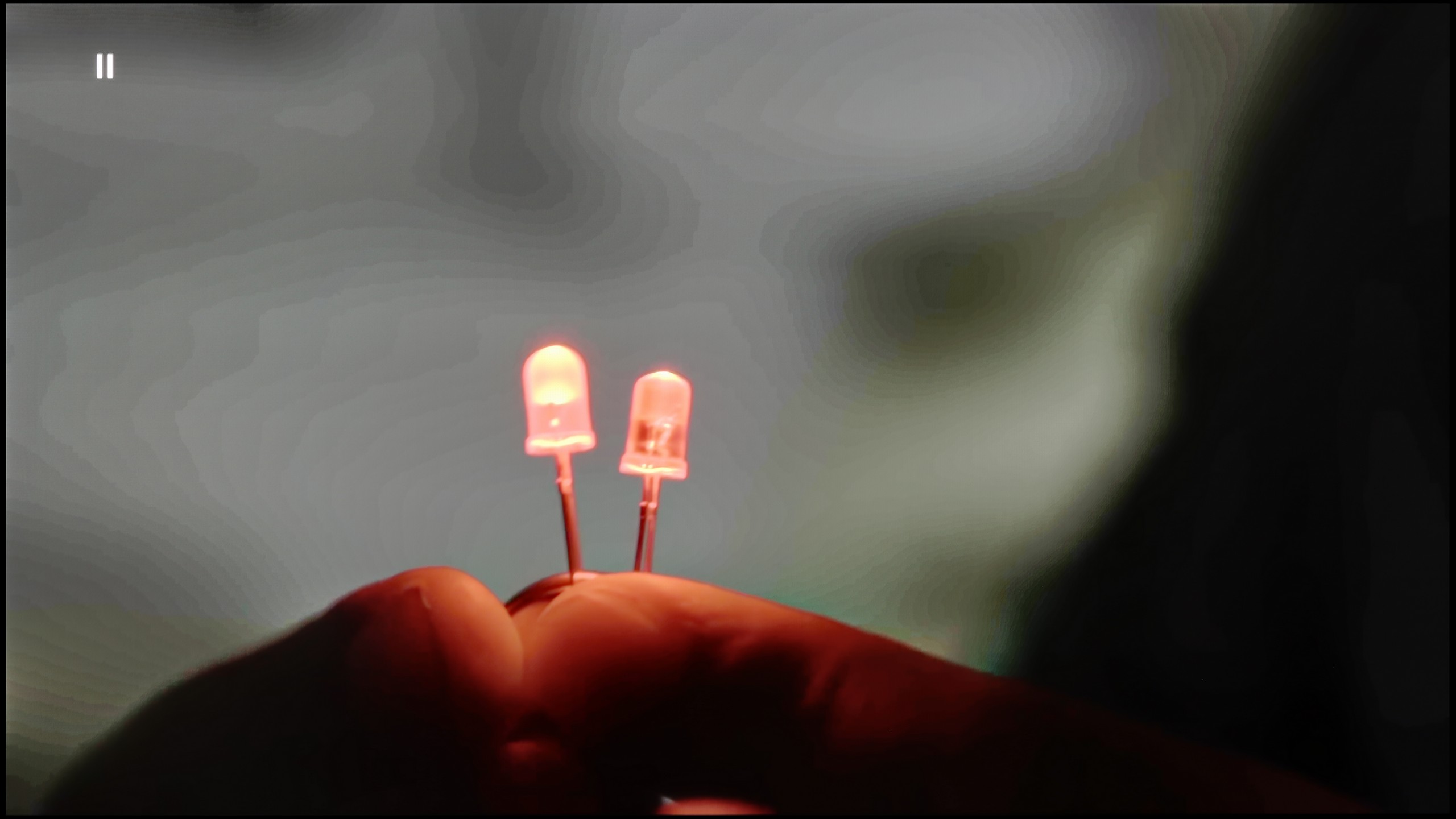
Image without overscan on the SD signal


Let's take another look at the quality of tonal transitions, but this time we will analyse the quality of image scaling, which will be crucial when watching lower quality materials. We'll start with the function responsible for the quality of tonal transitions. While they are quite average by default, after activating the option, even at the smallest degree, we can confidently say that these are some of the better ones we've seen. You can confidently enable this function, as it does not cause any negative phenomena, such as grain blur.
Sony has been boasting for several years that its "XR" processor is unmatched when it comes to image scaling. And it's not hard for us to believe that, because the image is indeed incredibly sharp, yet very natural.
LG C5 handles lower quality materials exceptionally well. One of the main issues that older WOLEDs faced was posterisation – unwanted “steps” in colour transitions. The C5 utilises a system function that smooths these transitions, and it works surprisingly effectively. The banding effect is nearly completely eliminated, and the image gains consistency. Compared to last year's model, we feel that this function operates slightly weaker – but the good news is that it doesn't compromise the image structure. Film grain, textures, and details remain on the screen – nothing is forcefully smoothed out.
The C5 also excels at enhancing the quality of older recordings. Thanks to the α9 Gen6 (8th gen) processor, "scaling to 4K" is impressively solid. The image is clear, details are sharp, and the only minor drawback might be a slightly noticeable aliasing on some edges. However, there is no problem with overscan here – the image is not artificially cropped or shifted, which is a significant plus and still not a given.
Blur and motion smoothness
8.5/10
8.5/10

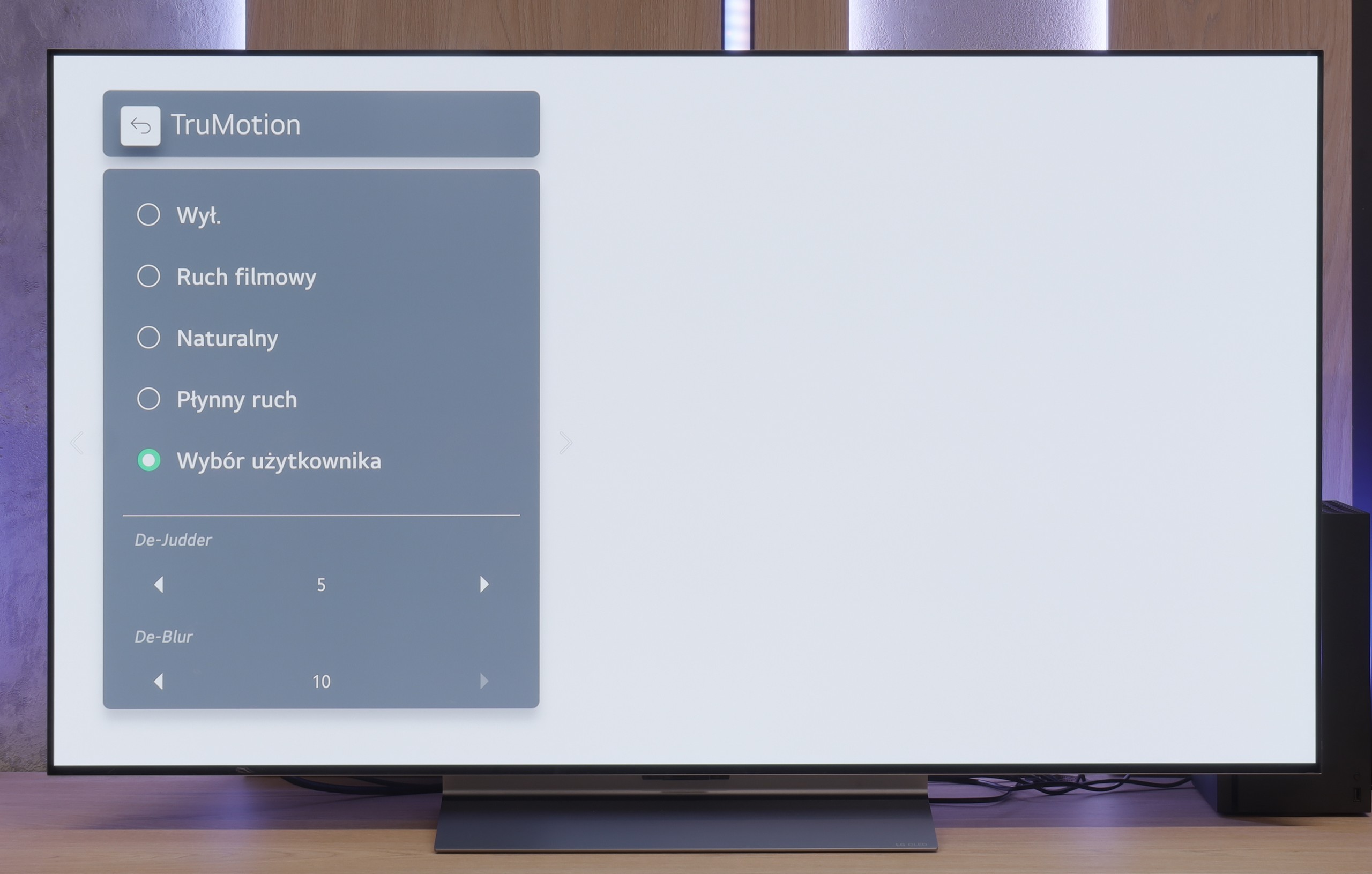
Blur (native resolution, maximum refresh rate):






Blur (BFI function enabled):



Image flickers in this mode
The maximum refresh rate of the Sony Bravia 9 is 120 Hz. This is the essential minimum for watching primarily sports or content that has a lot of movement dynamics while maintaining a sharp and smooth image. For demanding users, the manufacturer has implemented a very advanced smoothing system, which is divided into three segments: Smoothness (Film), Smoothness (Camera), and Clarity. The first two correspond to: blur degree and smoothing degree, respectively. The third option will be described in more detail below. Additionally, we can adjust all settings to various levels, each of which will have an effect, ensuring that we can find our very own sweet spot. In the photo, we present a setting with slight smoothing, without the soap opera effect.
The LG C5 is equipped with a 144 Hz display, and this, combined with virtually zero response time of the OLED pixels, makes it one of the best screens for watching dynamic content. It doesn’t matter whether it’s sports, fast-paced games, or just action – the image is razor sharp.
And what about movies at 24 frames? LG has thought of that too. The built-in "TruMotion" smoother allows you to adjust the picture to your own preferences. The “de-judder” slider increases fluidity in films, while “de-blur” subtly reduces motion blur – although to be honest, it’s practically invisible here.
Console compatibility and gaming features
9.4/10
10/10
- ALLM
- VRR
- VRR range48 - 120Hz40 - 144Hz
- Dolby Vision Game Mode
- Correct implementation of HGIG
- 1080p@120Hz
- 1440p@120Hz
- 4K@120Hz
- Game bar

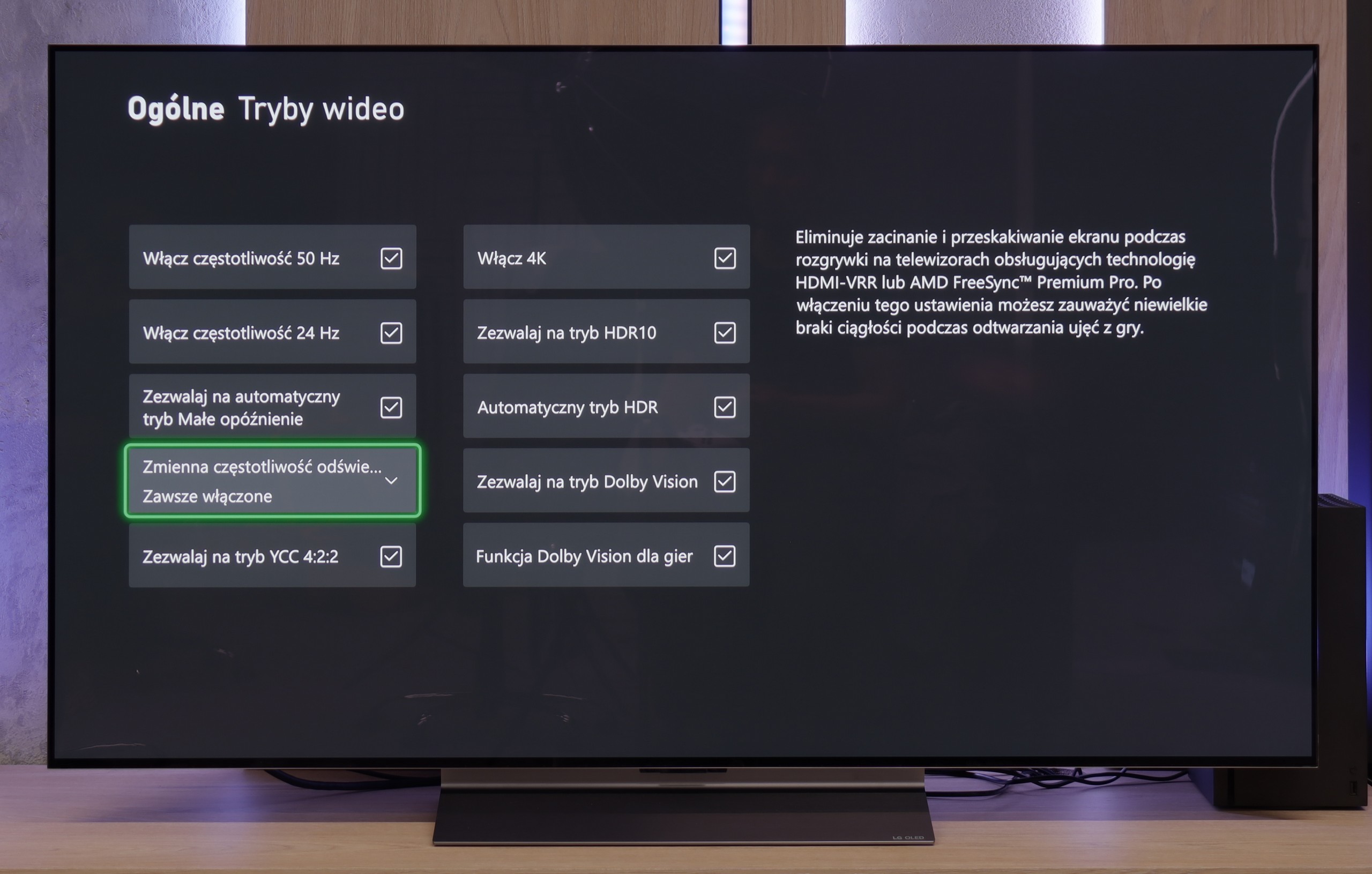

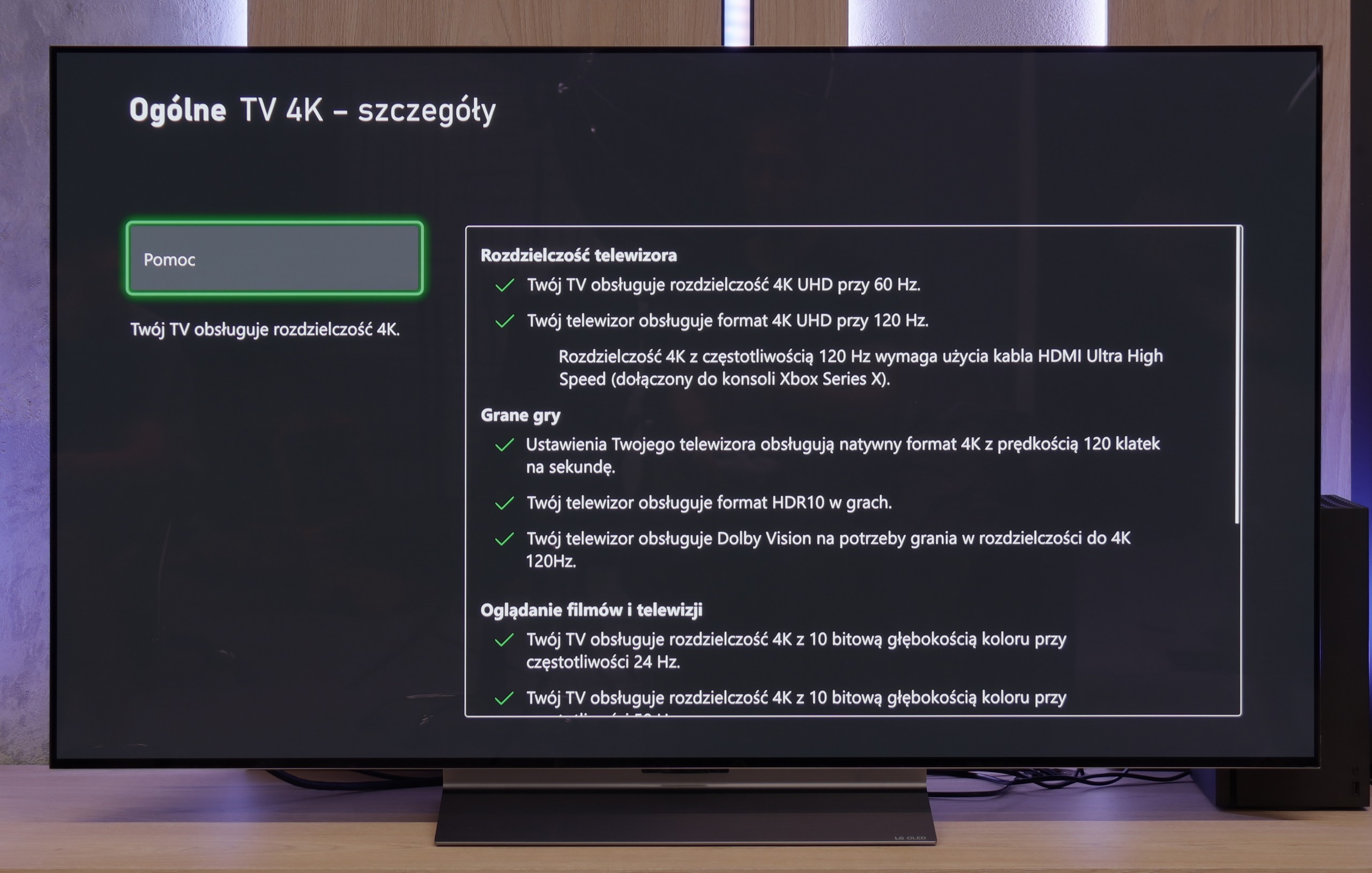

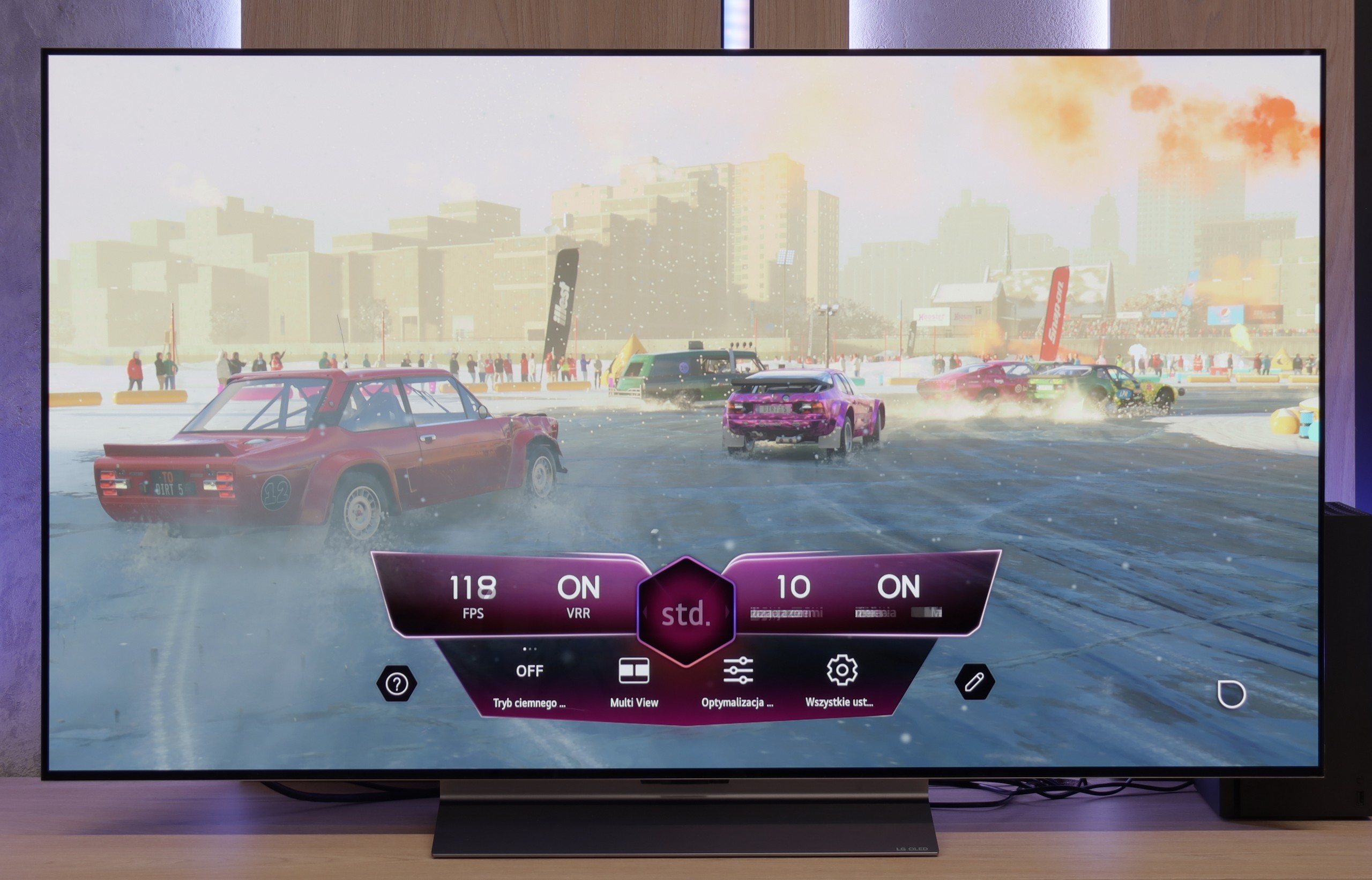

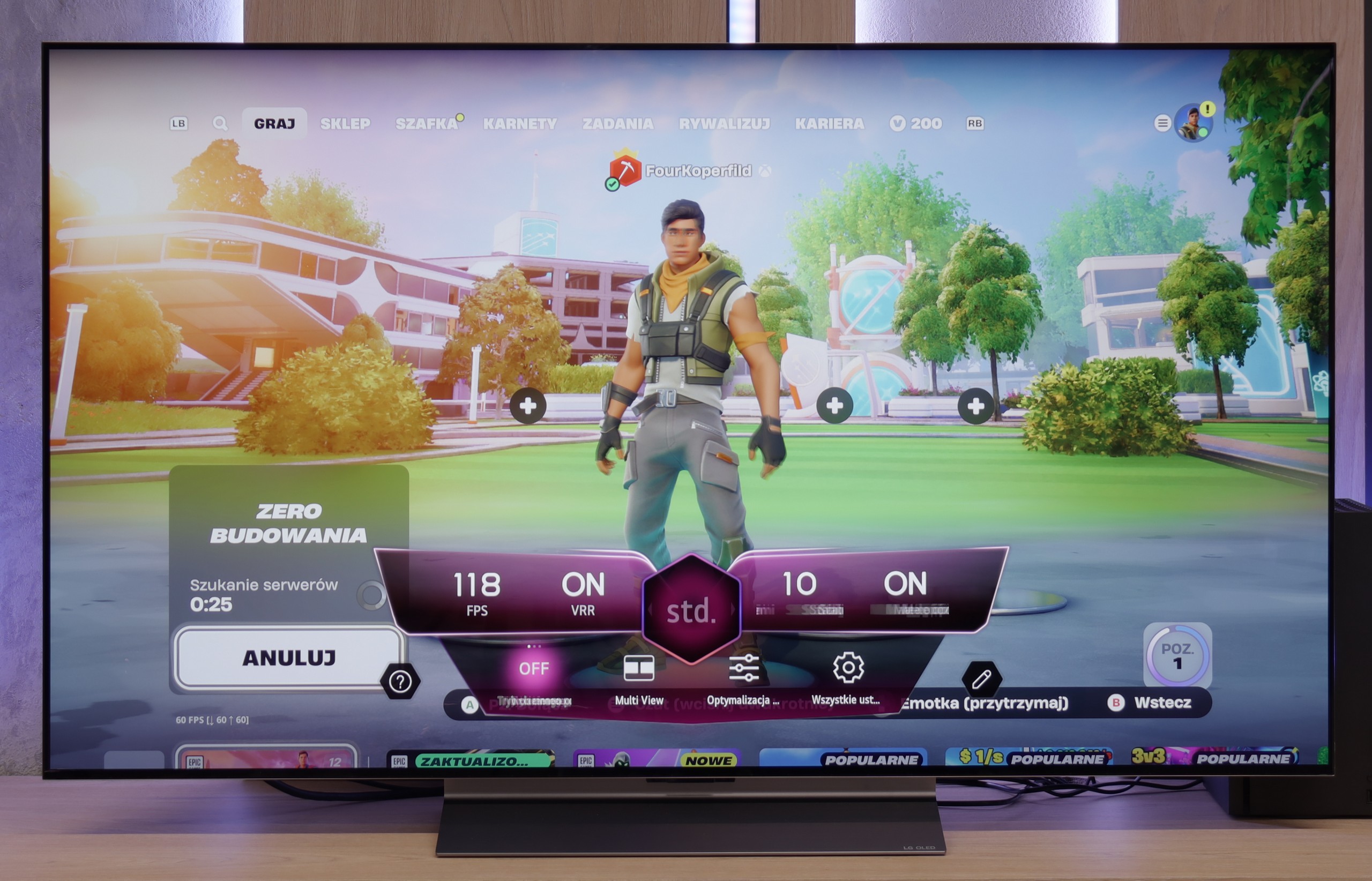
The Sony Bravia 9 television is equipped with four HDMI ports. However, somewhat incomprehensibly for this class of device, only two of them operate in the 2.1 standard. Nevertheless, it shouldn't be taken away that almost all features work excellently and do not cause any negative feelings upon being activated. Games operating in either HDR10 or Dolby Vision have a very short input lag, allowing for a very comfortable session with the title. A consolation remains in the good implementation of the HGIG mode, which after proper tuning does not deviate significantly from Dolby Vision.
A year ago, Sony added to its televisions what has been standard for some manufacturers for years. This is, of course, the GameBar, allowing for quick adjustment of settings without the need to exit the game. The implementation of this feature was successful and works very smoothly. We have been provided with conveniences such as: crosshair grid, black level correction, and the ability to reduce the screen to the proportions of gaming monitors.
Sony Bravia 9 will certainly find its group of fans, most likely among PlayStation enthusiasts. Here, we must admit that this will be the most sensible choice, as in practice both the console and the television have exactly the same capabilities. However, looking more broadly, aside from issues with Dolby Vision in games, one cannot deny that the Bravia 9 is a very good television in the context of gaming.
LG C5 is a TV designed with gamers in mind – and there's not a hint of exaggeration in that. It's hard to find anything to criticise here. We have a refresh rate of 144 Hz, full support for VRR, ALLM, and as many as four HDMI 2.1 ports with full bandwidth of 48 Gb/s. For those who have an Xbox, PS5, Nintendo, and a gaming PC in one room – no limitations, everything can be connected without any hassle.
Configuring HDR for gaming is also straightforward. The TV correctly supports the HGiG mode, which allows you to achieve an image that aligns with the creators' intentions. For those interested, there is also Dolby Vision in the Gaming version, although we still recommend HGiG as the most predictable and "clean" variant of HDR in games.
It also includes the Game Bar, which is a "command centre" for the gamer. Everything important, from VRR settings, picture modes, to frame rate information – is at our fingertips. The interface is simple and clear. It may look like something out of a space simulator, but it serves its purpose and just works; exactly as it should.
C5 is truly a complete package for any gamer.
Input lag
9.7/10
10/10
SDR
HDR
Dolby Vision
Input lag for Bravia 9 is low in every scenario. Even the most dedicated gamers will certainly appreciate the very low input lag of 10 ms at demanding 4K 120 Hz with HDR settings.
The response time of the LG C5 to our movements with the controller is exemplary. Regardless of the chosen resolution or frame rate – the lag is so low that it is virtually unnoticeable in practice. Playing on this television is simply a pure pleasure. Some delay is introduced by the Dolby Vision mode, which shouldn't be surprising – this applies to almost every television on the market equipped with this mode. Nevertheless, even with Dolby Vision active, the input lag remains low enough that gameplay is still smooth and responsive.
Compatibility with PC
7.6/10
8.6/10

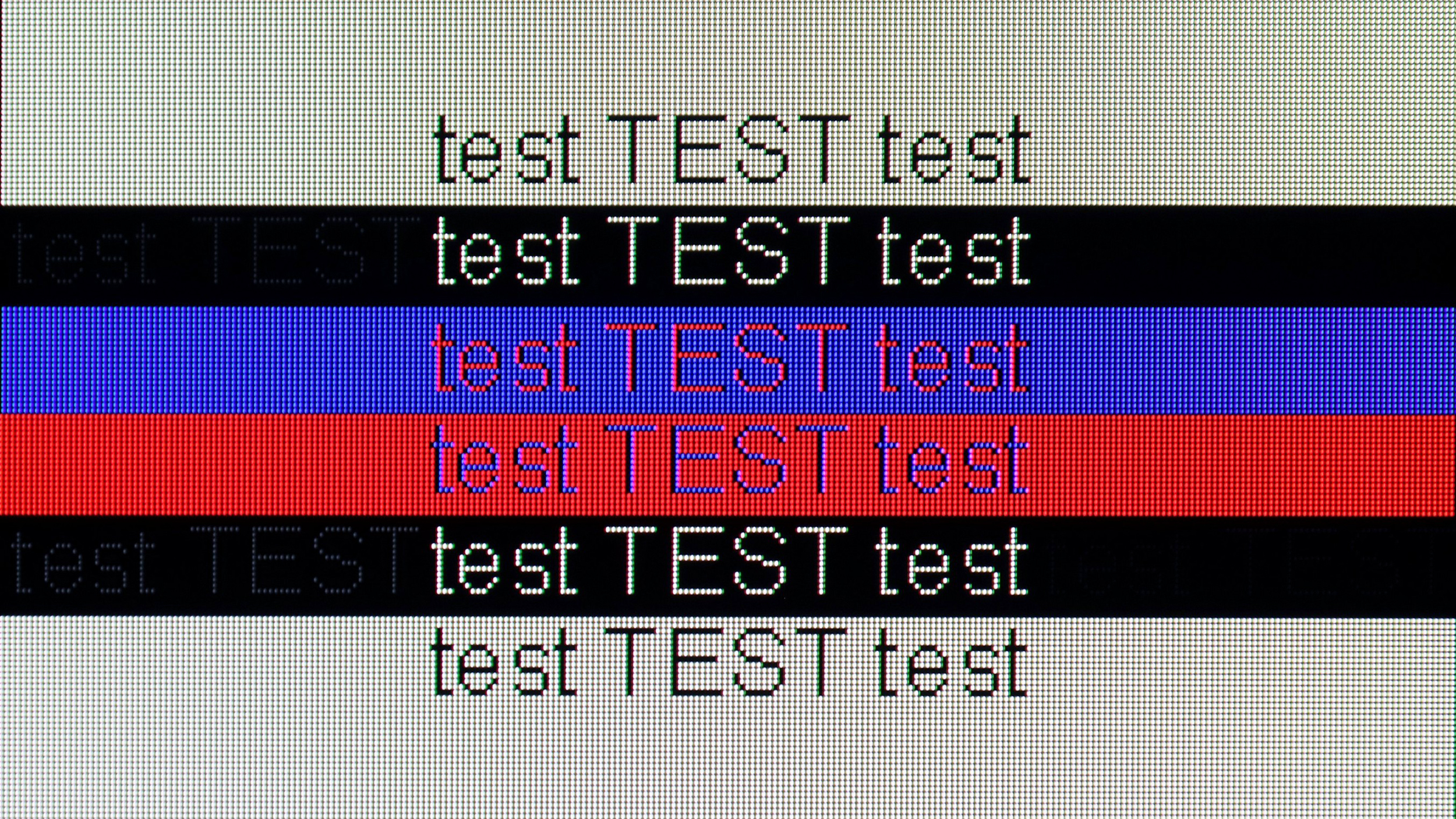
Sony Bravia 9 coupled with a PC performs excellently, thanks to its very low latency of just 9 ms, providing immediate response between the mouse, eye, and screen. An extremely important aspect while working on the screen is the readability of text, which in the case of the tested television is very good. However, it is essential to remember to switch the television to "Game" mode, as this provides the best text readability, while in other scenarios, the font may become unreadable.
The subpixel arrangement is BGR, which does not negatively impact using the television as a monitor. However, since operating systems are not adjusted for such a subpixel format, this may result in slightly less sharp contours. This is practically negligible, and only a handful of people may notice it.
C5 – as we mentioned – is a television created for gamers, so playing even on a computer is an absolute pleasure. The 144 Hz panel, low input lag, and original G-Sync certification just confirm this.
When it comes to work – it's also very good. The fonts are readable, the interface clear, however, it's worth remembering that we are dealing with a WOLED panel and a WRGB subpixel arrangement (slight shadows visible behind the font). So, if someone plans to place the C5 on a desk in smaller sizes like 42 or 48 inches for everyday office work, it’s worth checking it out for yourself first. For occasional desktop use and primarily for gaming – there are no reasons to be concerned.
Viewing angles
7.4/10
7.4/10
Thanks to the use of an angular coating, colour degradation and contrast loss at an angle are not as drastic as in the vast majority of VA matrix televisions. Only after a significant shift off-axis does greater image destabilisation become apparent; however, the overall experience can be rated very positively.
The viewing angles on the LG C5 are nearly ideal. While they fall slightly short of technologies like QD-OLED or WOLED with MLA micro lenses, the picture quality at wide angles still makes a great impression. Colours remain vibrant, and the screen doesn't lose much brightness even when set at a more challenging angle.
Addressing questions that circulated last year regarding the C4 model – in the case of the C5, we did not notice any green tinting, pinking, or other effects that can be read about online. The picture at an angle looked really clear.
Daytime performance
9.5/10
6.2/10

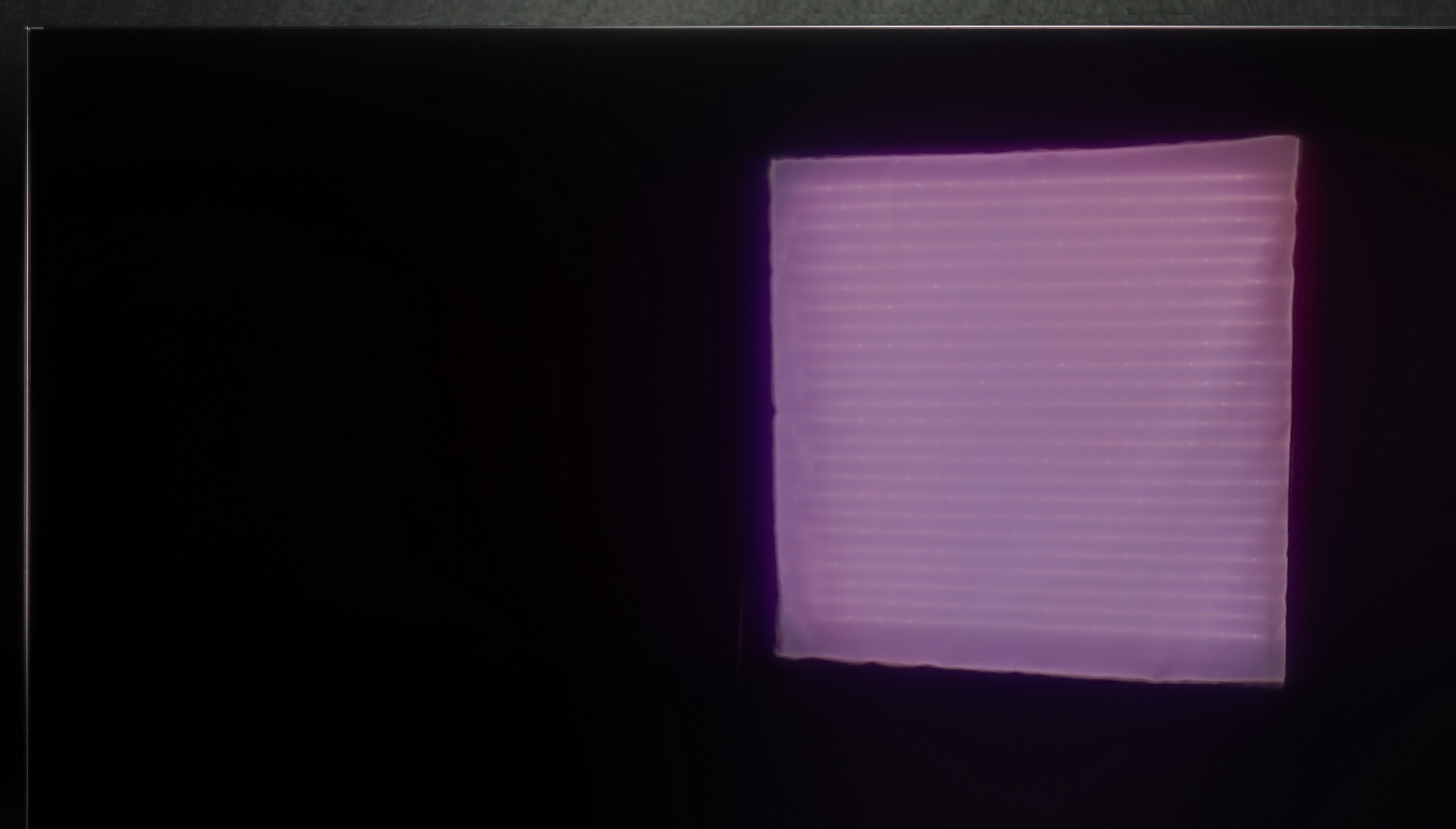

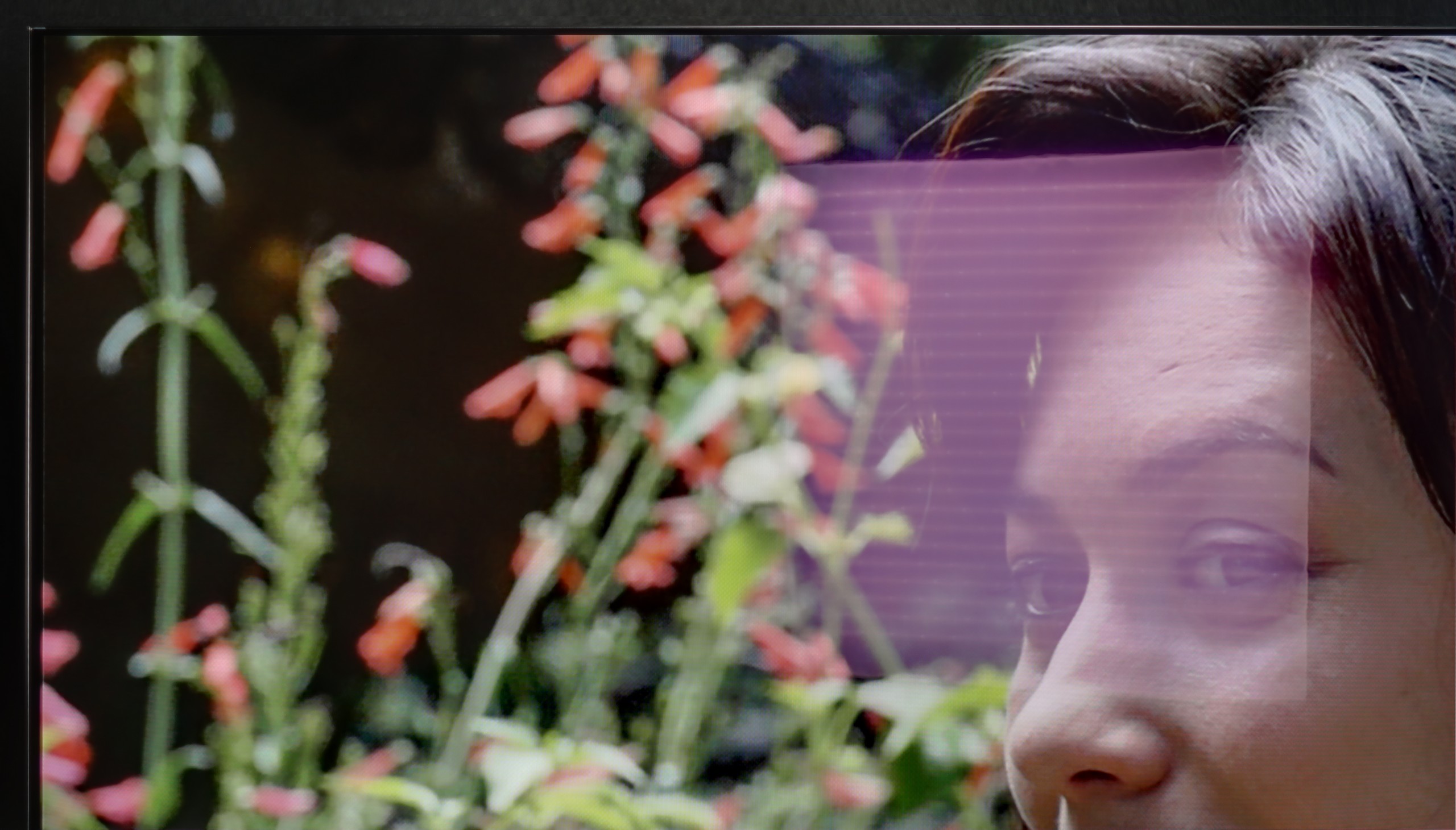
Panel brightness
Average luminance SDR
LG OLED C5: 435 cd/m2
Sony Bravia 9 (XR90): 1609 cd/m2
When watching during the day, we can count on an incredibly high brightness of 1600 nits, which allows for very comfortable viewing even when harsh angled light hits the TV. Even reflections that spill across the screen do not detract from the enjoyment of watching on a sunny day. For this reason, the Sony Bravia receives nearly the highest rating from us in this regard.
LG C5 is one of the brighter OLED TVs on the market, so it should perform well in moderately bright rooms without major issues. The average brightness in SDR mode is around 450 nits – a value sufficient for the picture to remain readable even during the day. Importantly, the black does not lose depth and does not turn "grey," which can still be a problem with QD-OLED panels.
Reflections, however, may pose a greater challenge. The WOLED panel used in the LG C5 has a glossy coating typical of this technology, which only partially diffuses reflections. In a well-lit living room with large windows, you can see your reflection on the screen – slightly muted but still visible. In a very sunlit room, it may turn out that blinds or curtains are necessary to fully enjoy the great picture quality.
Panel details
Subpixel Structure:

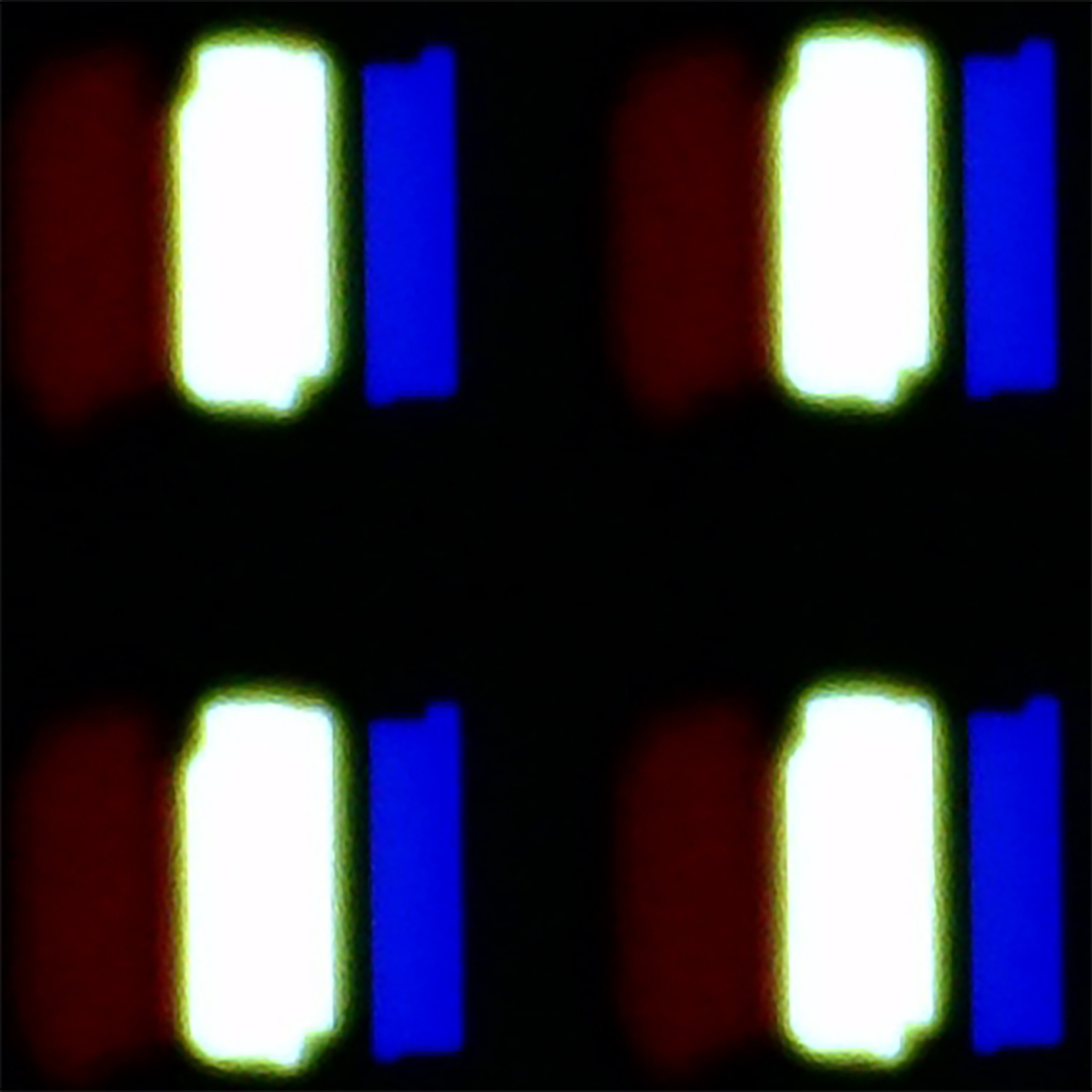
Panel uniformity and thermal imaging:

TV features
8.8/10
7.9/10
- HDMI inputs2 x HDMI 2.0, 2 x HDMI 2.1 48Gbps0 x HDMI 2.0, 4 x HDMI 2.1 48Gbps
- Other inputsIR (remote)
- OutputsToslink (Optical audio), eARC (HDMI), ARC (HDMI)Toslink (Optical audio), eARC (HDMI), ARC (HDMI)
- Network InterfacesWi-Fi 2.4GHz, Wi-Fi 5GHz, Ethernet (LAN) 100MbpsWi-Fi 2.4GHz, Wi-Fi 5GHz, Ethernet (LAN) 100Mbps
- TV receptionDVB-T, DVB-T2, DVB-S, DVB-S2, DVB-CDVB-T, DVB-T2, DVB-S, DVB-S2, DVB-C
Classic features:
- Recording to USB (terrestrial TV)
- Recording programming
- Picture in Picture (PiP)
- RF remote control (no need to aim at the screen)
- Backlit remote control
- Teletext
- Audio only mode
- Bluetooth headphones support
- Simultaneous Bluetooth headphones & TV audio
Smart features:
- AirPlay
- Screen mirroring (Windows Miracast)
- Voice search
- Voice search in native language
- Ability to connect a keyboard and mouse


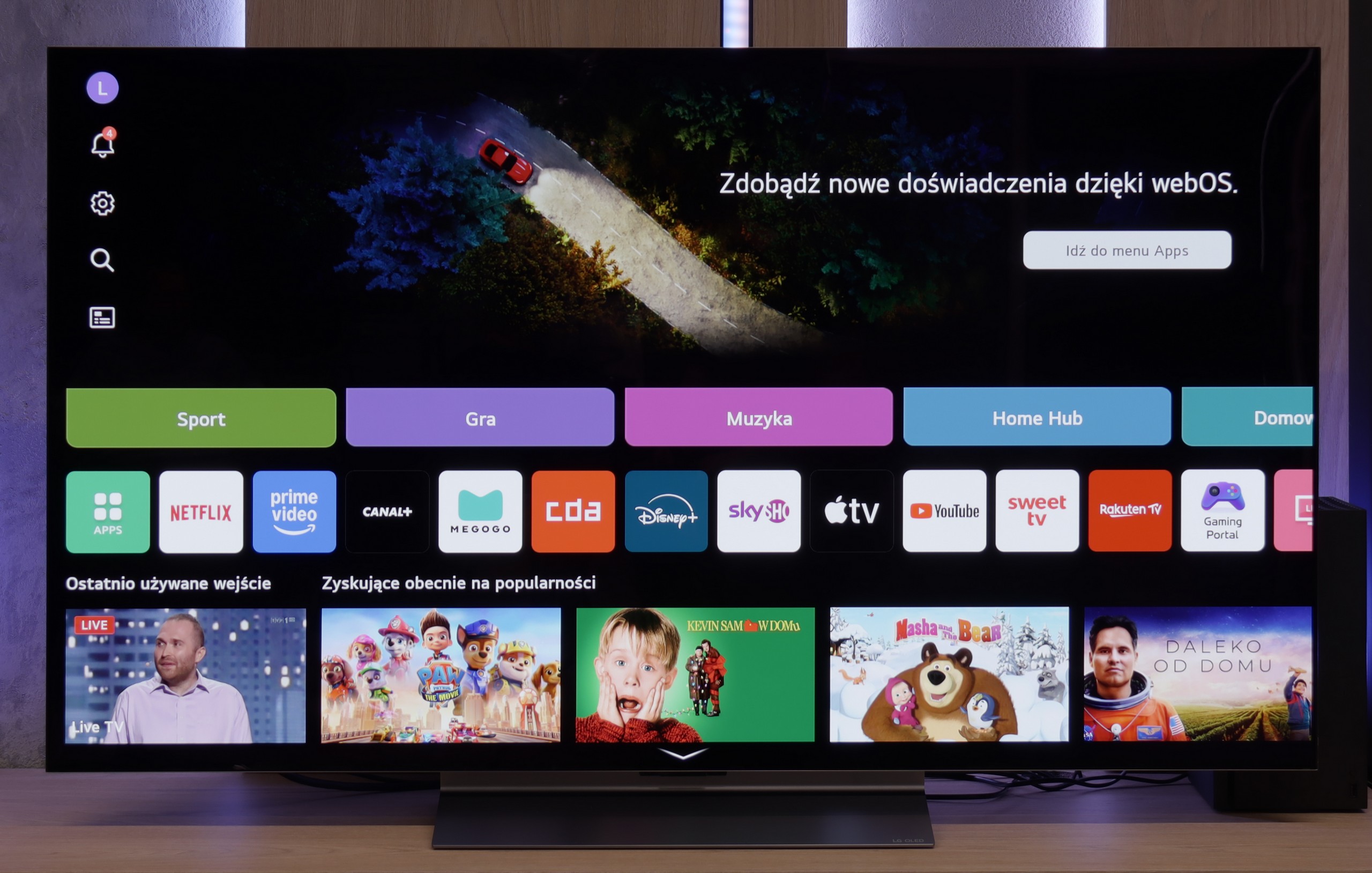
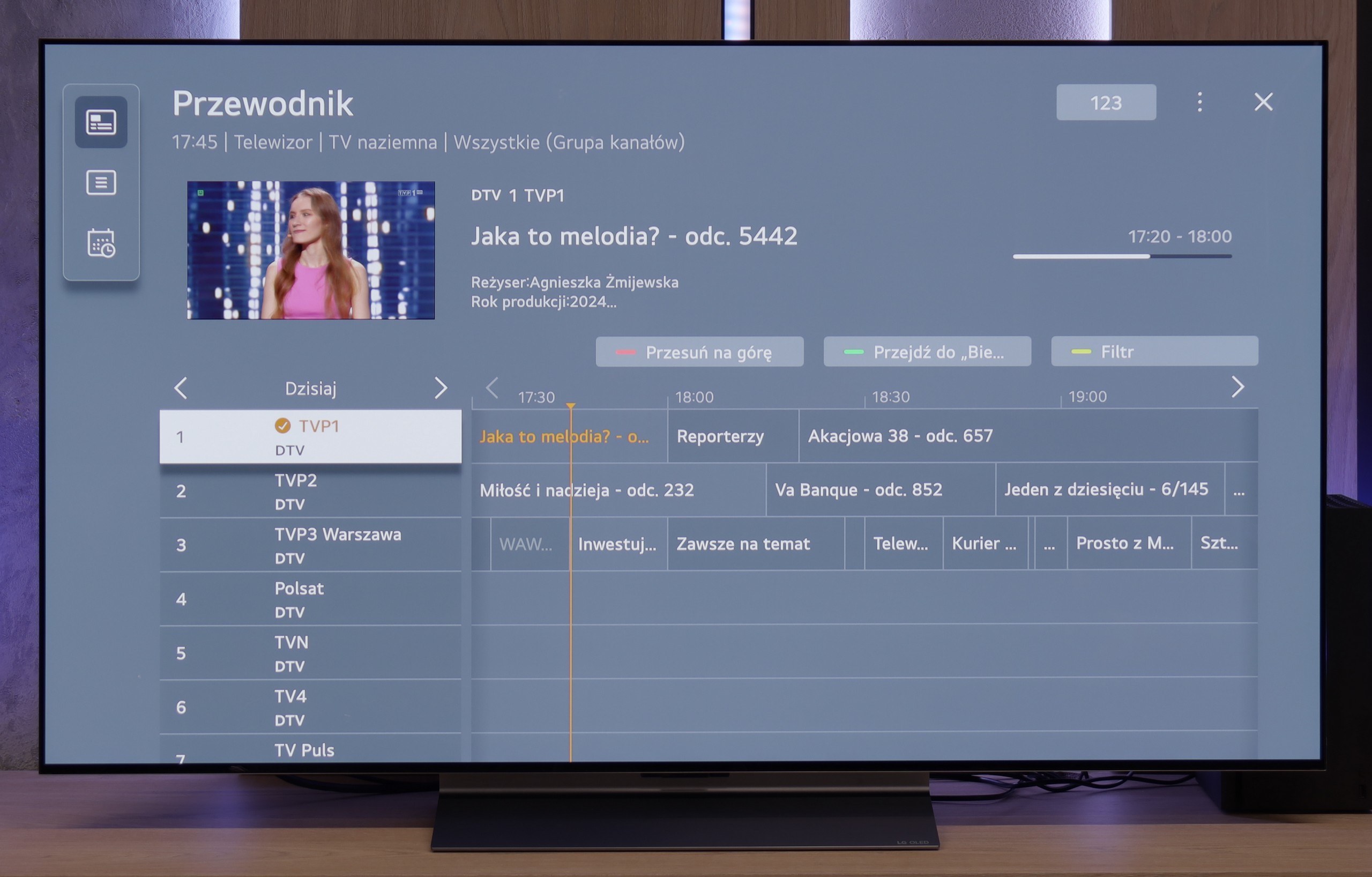
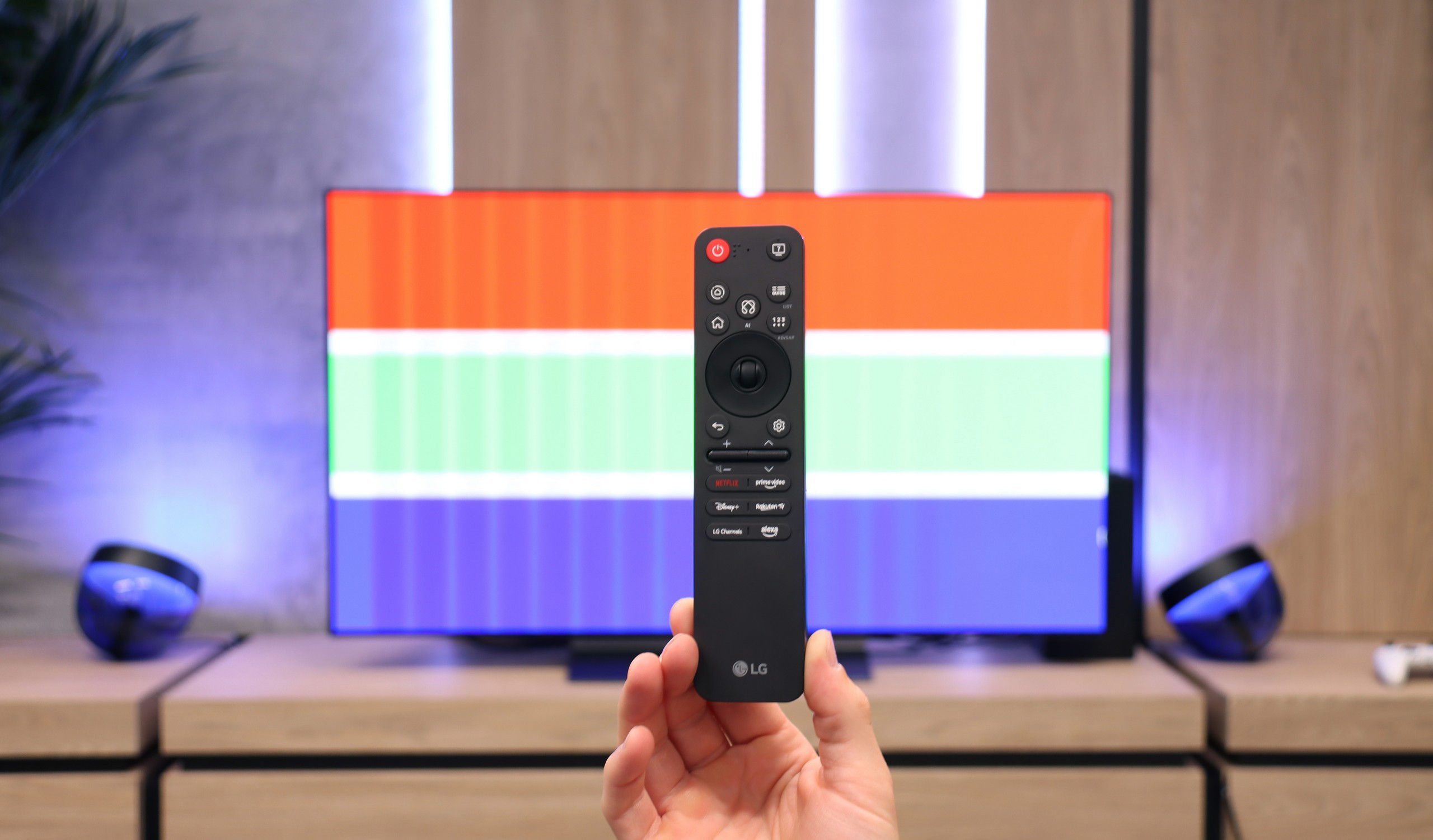
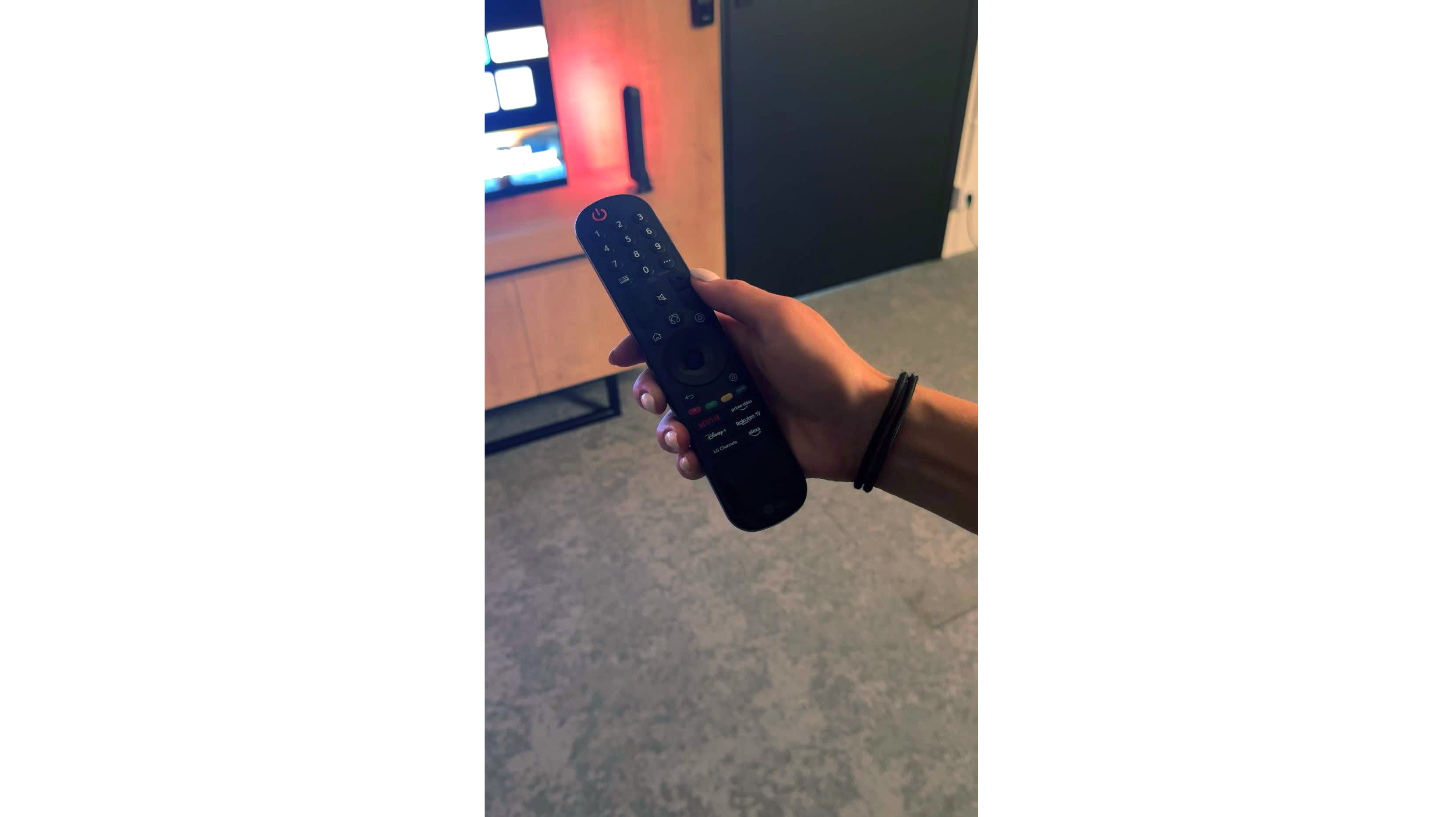
Bravia 9 runs on the Google TV system, which is a significant advantage compared to TVs equipped with proprietary systems from manufacturers, where installing applications from a USB drive can be difficult, and often downright impossible. With Google TV, we have the ability to install virtually any application, both from the official store and directly from online repositories via an APK file.
This system also offers many conveniences in terms of control. We can connect a keyboard with a touchpad, which significantly makes entering queries much easier. Additionally, thanks to integration with Google, we can use voice control features via the remote, which works very well, although there are occasional minor issues with understanding functions and options. It's worth noting that Google TV receives regular updates that enhance functionality and introduce new options. We can also confirm that, according to reports from users of older models, the software has its off days and sometimes has a “bad day.”
In summary: Google TV is currently one of the most popular systems on the market. Thanks to its efficient CPU, it operates very smoothly, doesn’t freeze and has no issues with lagging for a significant portion of usage. It is definitely the best option for those who want to fully utilise the potential of their TV and value system openness.
Classic TV Features:
In terms of classic TV functionalities, the LG C5 performs really well. Here, we have the option to record programs to USB from built-in DVB-T(2) tuners, support for teletext, an EPG channel list, and seamless pairing of headphones via Bluetooth. For many users, these are still very important elements of everyday TV use – and LG doesn’t fall short in this area, except for the PIP function. It is worth noting the topic of the remote, or rather... the different versions of the remote. In our test, we used the C54 model, which is equipped with the new version of the Magic remote. It somewhat resembles Samsung's minimalist approach – there’s no numeric keypad or "source" button, but it looks modern and is comfortable for everyday use. Conversely, other variants, such as C5ELB, may be sold with an older version of the remote – a more classic one, with more buttons and a numeric keypad. Some may consider it more practical, while others see it as outdated. In short: quite a bit of confusion, so it's worth checking the model suffix before purchase.
Smart TV:
Regardless of the version of the remote, we’re operating the same system – WebOS. This is one of the most enjoyable solutions in the Smart TV world. The intuitive menu, fast performance, and support for popular features, such as AirPlay, screen mirroring, or voice assistant, make the system perform very well in everyday use. Additionally, controlling the cursor using the gyroscope in the Magic remote remains one of the most convenient forms of navigation in TVs. There are really quite a few applications here – Netflix, Disney+, HBO Max, Apple TV, and many more. However, one must remember that this is not a system based on Android/Google TV, so it may happen that we simply cannot find some less popular app in the LG store.
Playing files from USB
8.7/10
8.8/10
Supported photo formats:
Maximum photo resolution:

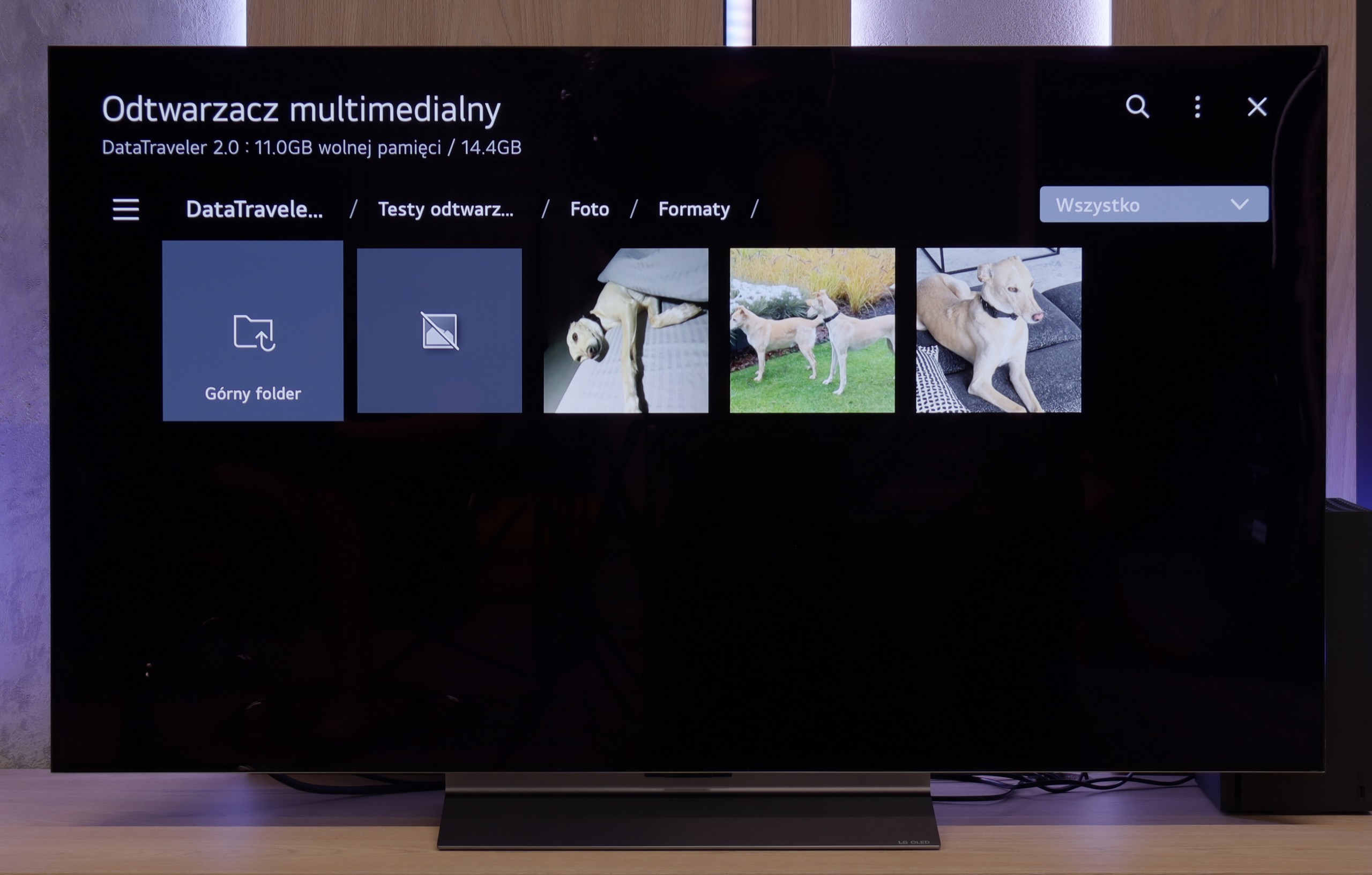
The built-in player in Sony Bravia 9 is quite good. While it’s not without its flaws, it must be said that it plays a significant portion of files without a hitch. However, among the missing features, the lack of support for subtitles in .sub, .txt formats or selectively working image formats can be bothersome, with only JPEG and HEIC available. This isn’t really a problem considering the ease of installing applications like VLC or KODI.
The LG C5 is equipped with quite a decent built-in media player that should meet the expectations of most users. It supports popular video and audio formats, handles SRT subtitle files, and opens most graphic files without major issues.
The interface itself is fairly simple and intuitive – it doesn't surprise, but it also doesn't create difficulties in everyday use. Of course, it's not at the level of external players or apps from Google TV, but for basic playback of films from a USB drive or hard drive – it's more than sufficient.
Apps
9.6/10
9.1/10














































Sound
8.9/10
7.2/10
- Maximum volume88dB84dB
- Dolby Digital Plus 7.1
- Dolby True HD 7.1
- Dolby Atmos in Dolby Digital Plus (JOC)
- Dolby Atmos in Dolby True HD
- DTS:X in DTS-HD MA
- DTS-HD Master Audio
We must admit that the sound coming from the Sony Bravia 9 left us quite astonished. Of course, we knew it was a top-of-the-line product, but we didn’t expect such sound quality. You can easily hear each instrument individually, and the bass adds the right depth to the whole experience. With a clear conscience, we can say that this is the best sounding television we have had the chance to test. Of course, we realise that people opting for such a television already have their own home theatre setup. And here there won't be any major obstacle, as the Bravia 9 supports DTS-HD Master Audio and Dolby Atmos.
For such a slim television, the LG C5 surprisingly offers quite good sound quality. The thin body manages to house a set of decent speakers that produce clear audio, with well-defined details and – surprisingly – a light but perceptible bass. For everyday viewing, that's more than sufficient, and in many cases, it may even deliver a pleasant surprise. It's just a pity that this year LG decided to completely abandon support for DTS codecs. For most people, this won't be an issue, but if someone uses Blu-ray discs and enjoys that format – especially in its more advanced versions – they may notice its absence. In such cases, an external receiver or soundbar with appropriate audio support is the solution.
Sound Quality Test
No sound test video
Acoustic Measurements
88dBC (Max)
75dBC
84dBC (Max)
75dBC
